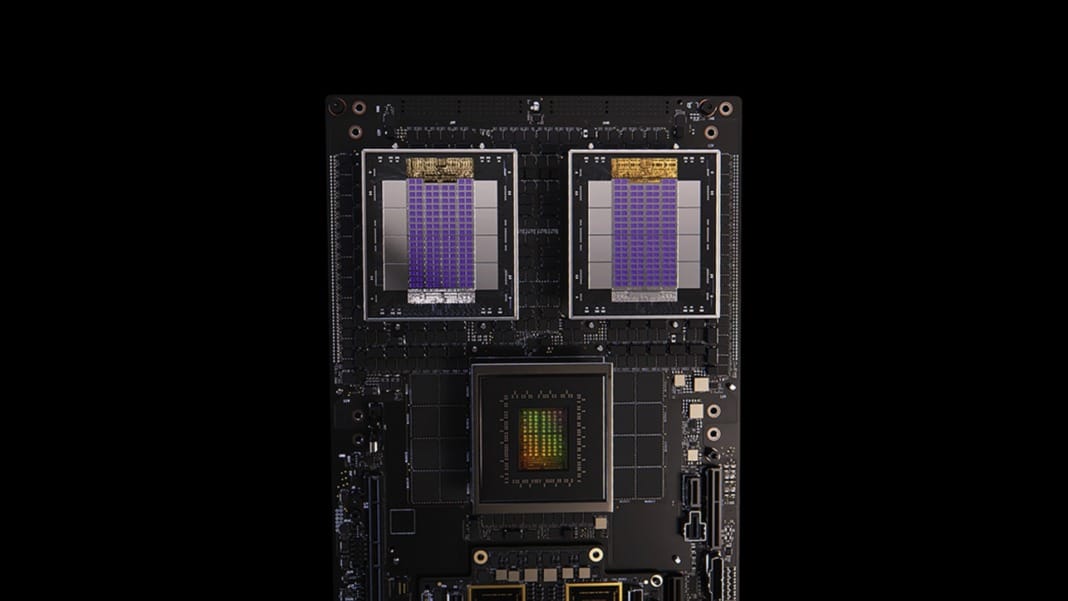NVIDIA has launched NVLink Fusion, a new silicon solution designed to enable industries to build semi-custom AI infrastructure by leveraging NVIDIA’s extensive NVLink ecosystem. With this development, a range of technology partners—including MediaTek, Marvell, Alchip Technologies, Astera Labs, Synopsys and Cadence—will be able to create custom AI silicon tailored for demanding workloads in model training and agentic AI inference.
NVLink Fusion allows data centres to re-architect their platforms around AI, integrating custom CPUs from Fujitsu and Qualcomm Technologies with NVIDIA GPUs to create powerful, scalable AI factories. According to NVIDIA founder and CEO Jensen Huang, “A tectonic shift is underway: for the first time in decades, data centres must be fundamentally rearchitected — AI is being fused into every computing platform. NVLink Fusion opens NVIDIA’s AI platform and rich ecosystem for partners to build specialised AI infrastructures.”
Industry-wide collaboration on custom silicon
MediaTek is among the early adopters of NVLink Fusion. Rick Tsai, vice chairman and CEO of MediaTek, said the company is working closely with NVIDIA to deliver scalable and efficient AI infrastructure, extending a partnership that initially began in the automotive space. Marvell is also working with NVIDIA to deliver AI factory integration based on custom silicon, which Marvell CEO Matt Murphy says will provide a high-performance foundation for building advanced infrastructure capable of handling trillion-parameter AI models.
Alchip Technologies is contributing by making NVLink Fusion more accessible through its flexible design and manufacturing ecosystem. CEO Johnny Shen highlighted the importance of efficient deployment to meet the growing demands of intelligent applications.
Astera Labs’ CEO Jitendra Mohan noted that purpose-built connectivity solutions with native support for memory semantics are key to enhancing AI server performance. The company’s expanded scale-up interconnect portfolio now includes NVLink Fusion, offering hyperscalers more flexibility and quicker time to market.
Synopsys is providing AI chip design solutions and standards-based interface IP to support NVLink Fusion, while Cadence is contributing an IP portfolio that includes design IP, chiplet infrastructure and subsystems. Both companies are working to ensure scalable and energy-efficient delivery of next-generation AI factories.
New use cases from Fujitsu and Qualcomm
NVLink Fusion enables companies like Fujitsu and Qualcomm Technologies to integrate their CPUs directly with NVIDIA GPUs within a rack-scale architecture. Fujitsu’s CTO, Vivek Mahajan, said that combining the firm’s Arm-based 2nm CPU, FUJITSU-MONAKA, with NVIDIA’s full-stack AI infrastructure will result in new levels of efficiency and performance. This integration supports Fujitsu’s goal to develop scalable and sustainable AI systems.
Qualcomm Technologies is similarly aligning its custom CPUs with NVIDIA’s platform to deliver high-performance, energy-efficient computing. CEO Cristiano Amon said that connecting its processors to NVIDIA’s rack-scale infrastructure is an important step in bringing advanced intelligence to the data centre.
Scaling AI infrastructure at speed
The fifth-generation NVIDIA NVLink platform underpins this initiative with technologies such as the GB200 NVL72 and GB300 NVL72 compute-dense racks, each delivering up to 1.8TB/s per GPU—around 14 times the bandwidth of PCIe Gen5. These rack-scale systems are already being adopted by leading hyperscalers, offering a faster path to deployment and standardisation.
NVLink Fusion also supports NVIDIA’s Mission Control, an orchestration software platform for managing AI data centres and workloads. Mission Control automates tasks such as deployment, infrastructure validation and workload orchestration, helping enterprises bring frontier AI models online more quickly.





